The Sustainable Development Goals (SDGs) summit is being held today in New York. As part of this summit the pope will address the United Nations in NY as will Bill and Melinda Gates who run the largest private philantropic organisation in the world. The key underlying principles of the SDGs are: (a) reducing (or eradicating) poverty eradication; (b) changing unsustainable and promoting sustainable patterns of consumption and production; and (c) protecting and managing the natural resource base of economic and social development. The seventeen SDGs are outlined in Table 1.
| Goal 1 | End poverty in all its forms everywhere |
| Goal 2 | End hunger, achieve food security and improved nutrition and promote sustainable agriculture |
| Goal 3 | Ensure healthy lives and promote well-being for all at all ages |
| Goal 4 | Ensure inclusive and equitable quality education and promote lifelong learning opportunities for all |
| Goal 5 | Achieve gender equality and empower all women and girls |
| Goal 6 | Ensure availability and sustainable management of water and sanitation for all |
| Goal 7 | Ensure access to affordable, reliable, sustainable and modern energy for all |
| Goal 8 | Promote sustained, inclusive and sustainable economic growth, full and productive employment and decent work for all |
| Goal 9 | Build resilient infrastructure, promote inclusive and sustainable industrialization and foster innovation |
| Goal 10 | Reduce inequality within and among countries |
| Goal 11 | Make cities and human settlements inclusive, safe, resilient and sustainable |
| Goal 12 | Ensure sustainable consumption and production patterns |
| Goal 13 | Take urgent action to combat climate change and its impacts* |
| Goal 14 | Conserve and sustainably use the oceans, seas and marine resources for sustainable development |
| Goal 15 | Protect, restore and promote sustainable use of terrestrial ecosystems, sustainably manage forests, combat desertification, and halt and reverse land degradation and halt biodiversity loss |
| Goal 16 | Promote peaceful and inclusive societies for sustainable development, provide access to justice for all and build effective, accountable and inclusive institutions at all levels |
| Goal 17 | Strengthen the means of implementation and revitalize the global partnership for sustainable development |
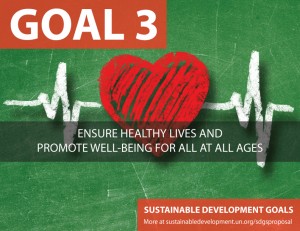
The SDGs replace the Millennium Development Goals (MDGs) formally from today onwards. Key questions to be asked by researchers (and policy makers) include: (a) how are these SDGs different from the MDGs in their effect on international development?; (b) How successful will the SDGs be?, including the question: What do we define as success?; and (c) How useful were the MDGs, in which countries and for whom? These are ‘big’ system level questions, for those of use working in the field of maternity care more specific questions to address would be around priority settting. As reducing maternal mortality was one of the eight MDGs, i.e. recognised as an individual goal or target, but in the SDGs maternal health will fall under the overarching heading of Goals 3 ‘Ensure healthy lives and promote well-being for all at all ages’. As health is only one of 17 SDGs and maternal health fits in with all other aspects of the lifespan does this mean maternal health has become less of a priority? Of course only time and plenty of good research will tell.
Prof. Edwin van Teijlingen
CMMPH
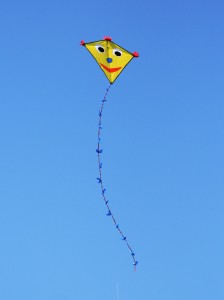
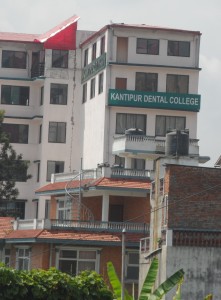
 2016 (15-16 Feb.).
2016 (15-16 Feb.).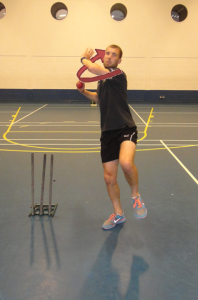
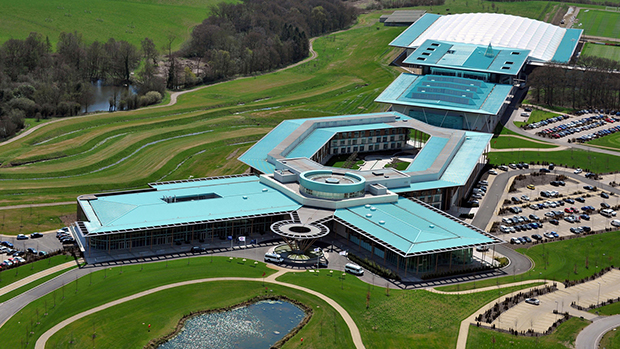

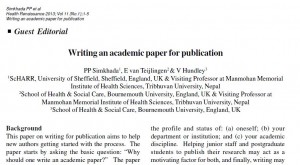
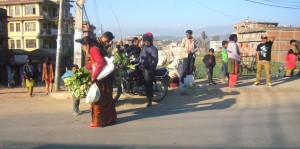


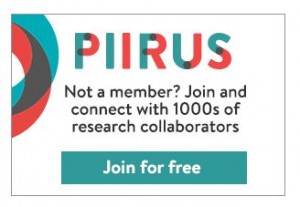

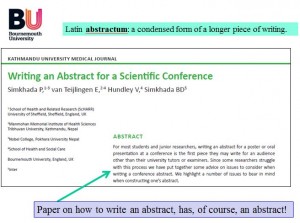

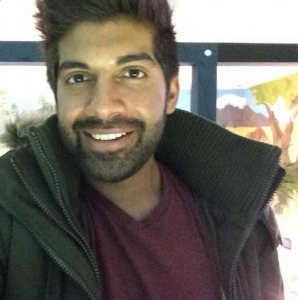
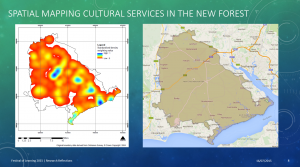
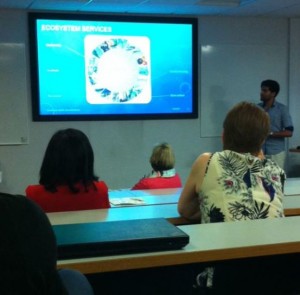
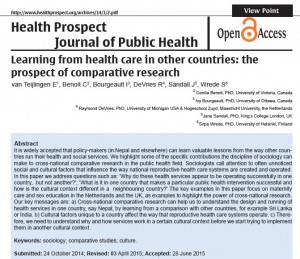

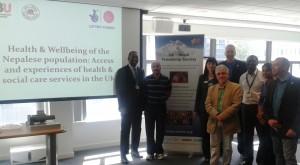
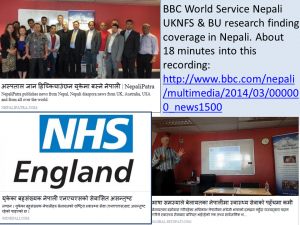 uth Asian and broader Black & Minority Ethnic (BME) communities in the UK.
uth Asian and broader Black & Minority Ethnic (BME) communities in the UK.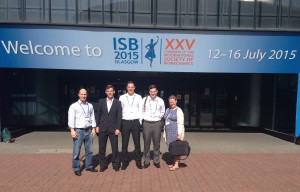
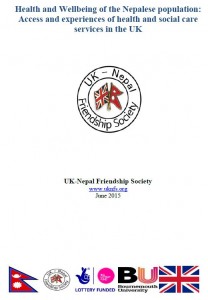

 This e-learning tool has been developed with funding from the Big Lottery Fund, and builds on previous work which has used participatory performative research methodologies, including performance poetry to enable young people with disabilities (aged 14-20 years) to explore the nature of disability within society and their own experiences of being disabled. The previous outputs from this project have included live performances as part of the Cultural Olympiad 2012, local literary festivals, a performance at the House of Commons in December 2014, as well as a documentary film
This e-learning tool has been developed with funding from the Big Lottery Fund, and builds on previous work which has used participatory performative research methodologies, including performance poetry to enable young people with disabilities (aged 14-20 years) to explore the nature of disability within society and their own experiences of being disabled. The previous outputs from this project have included live performances as part of the Cultural Olympiad 2012, local literary festivals, a performance at the House of Commons in December 2014, as well as a documentary film ![photo[2]](https://microsites.bournemouth.ac.uk/hsc/files/2015/07/photo2-e1437396081780-224x300.jpg)











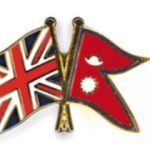 FHSS academics teaching in Nepal
FHSS academics teaching in Nepal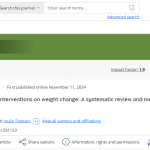 New weight change BU paper
New weight change BU paper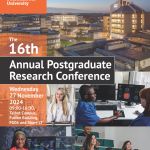 One week to go! | The 16th Annual Postgraduate Research Conference
One week to go! | The 16th Annual Postgraduate Research Conference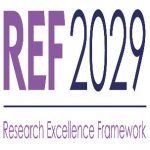 Geography and Environmental Studies academics – would you like to get more involved in preparing our next REF submission?
Geography and Environmental Studies academics – would you like to get more involved in preparing our next REF submission?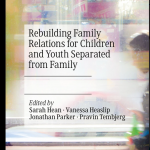 Congratulations to three former BU staff
Congratulations to three former BU staff MSCA Staff Exchanges 2024 Call – internal deadline
MSCA Staff Exchanges 2024 Call – internal deadline Applications are now open for 2025 ESRC Postdoctoral Fellowships!
Applications are now open for 2025 ESRC Postdoctoral Fellowships! Horizon Europe – ERC CoG and MSCA SE webinars
Horizon Europe – ERC CoG and MSCA SE webinars MaGMap: Mass Grave Mapping
MaGMap: Mass Grave Mapping ERC grants – series of webinars
ERC grants – series of webinars